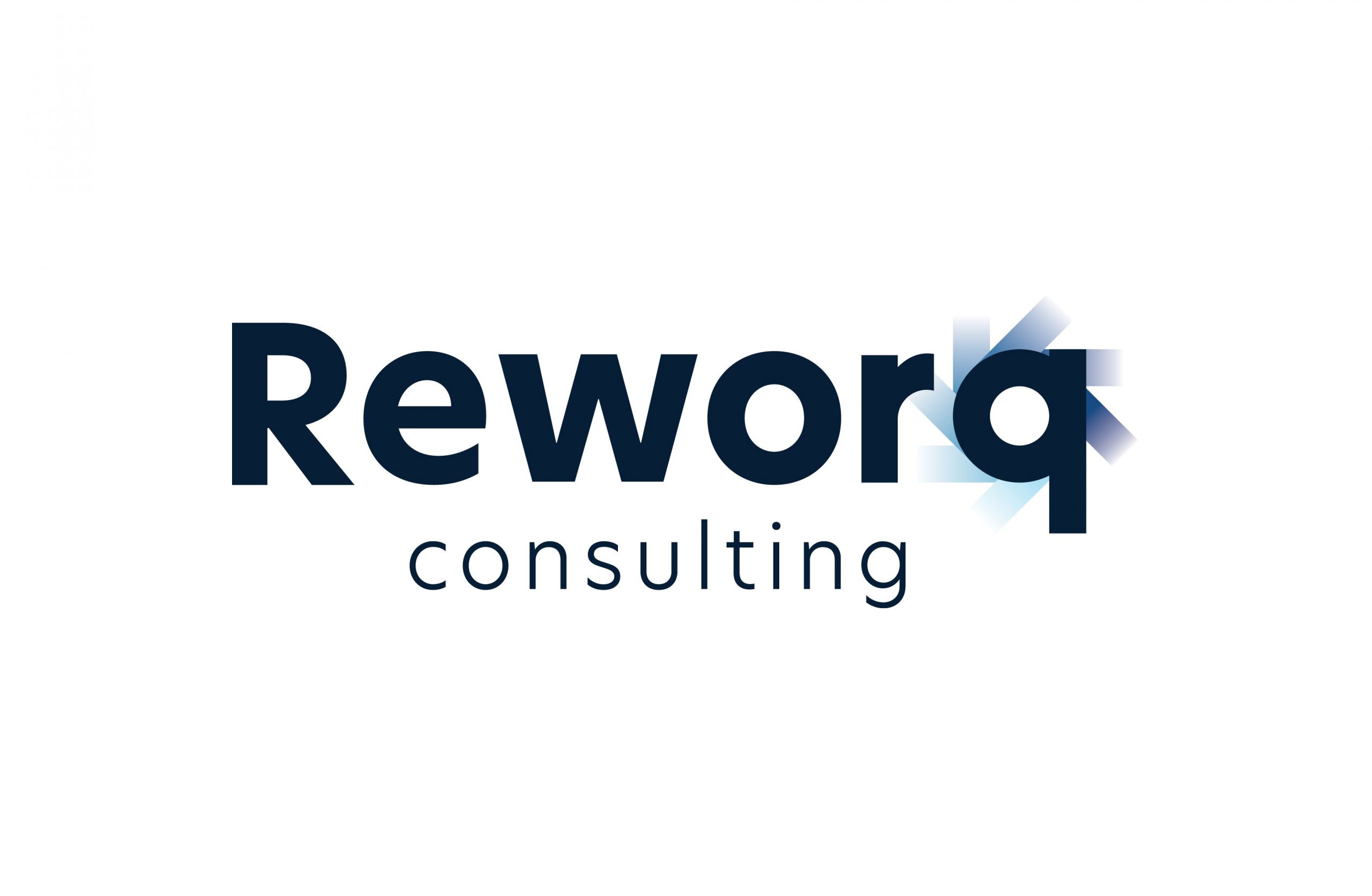A journey cannot be embarked upon without a roadmap, just as organisations cannot achieve their business goals without a Strategic Roadmap.
By pursuing organisational excellence, it is required for Executive leaders to examine the current business environment and potential opportunities across multiple vantage points. This sets the precedence for defining an organisation’s strategy and translating the findings into actions for achieving a future state. However, to make this transition from vision to execution, organisations need to focus on establishing symbiosis between the two (2) methods and to achieve this process, must now define a Strategic Roadmap.
The Strategic Roadmap communicates your organisation’s vision. It addresses the key actions to achieving your mission by translating organisational strategy and vision into crucial business objectives. Championed by Executive Management Teams, Corporate Boards, and senior-level stakeholders, strategic planning focuses on mission-critical business objectives, and usually emphasise long-term timelines and critically important deadlines – the necessary evolution of an organisation’s capabilities to execute strategy, realise their purpose, and intent.
What is a Strategic Roadmap?
A Strategic Roadmap is a visual depiction of an organisation’s strategic goals and captures the activities to complete within a given timeframe, and additionally communicate the upcoming work (across one view). It’s a powerful visual tool and serves as a clear guide by helping align everyone in an organisation towards its long-term objectives, ensuring the understanding of the overall vision and individual responsibilities – that defines prioritising work, allocating resources, and tracking dependencies for the team to be its best representation.
Understand the role of a Strategic Roadmap
The purpose of the Strategic Roadmap is to drive internal conversations, challenges to change and the steps necessary to accomplish them. A roadmap is not a static document but is designed to excite ALL stakeholders, since adjustments will be required as plans change, indicates actual progress once tasks are completed, and thereby creates tailored views for different stakeholders or audiences.
In the entire strategy-to-execution process, the role of a Strategic Roadmap is critically important for three (3) reasons:
- It serves the purpose of a guiding map that helps organisations on their journey toward reaching their high-level business goals.
- It helps navigate the complexity of the work tasks and align cross-functional efforts across different business units and teams.
- By using a Strategic Roadmap, it allows Executive Management Teams and Senior Managers to visualise the most critical objectives and generate actionable plans that align with the direction of business goals.
10-Key steps to creating your Strategic Roadmap

With identifying the need for change in your organisation, once you understand the catalyst for change and the sequence in which to apply the required changes, it’s now time to establish a Strategic Roadmap for the next process. However, as you commence your road-mapping by working through the next steps, then you must consider linking your Strategic Roadmap objectives with the business vision. It’s a critical point of your change journey.
Step 1: Define the “Change” and your strategic objectives
What’s your organisation’s vision? What obstacles stand in the way of achieving the vision?
These are the long-term goals that you want to achieve. When reviewing your internal / external challenges, then you need to consider the planning process to overcome these challenges outline and when setting the direction of your Strategic Roadmap.
Ensure that your objectives are SMART goals – SMART stands for Specific, Measurable, Achievable, Relevant, and Time-Bound. Defining these parameters as they pertain to your goal helps ensure that your objectives are attainable within a certain timeframe and align with your organisation’s vision.
Step 2: Identify key initiatives and goals
Now that your strategic objectives have been defined, it’s time to articulate the key initiatives to help achieve your organisation goals.
Key initiatives are the major actions or activities that drive your organisation towards its goals. The identified initiatives are the foundation of your Strategic Roadmap and should be realistic, impactful, and aligned with your strategic objectives (e.g., SMART goals).
Step 3: Brainstorm and prioritise initiatives from your ideation
Prioritisation helps you focus your efforts where they can make the biggest difference in achieving your organisation goals. It is therefore crucial that you prioritise ALL your initiatives and yet you may identify more initiatives than you can manage. However, some initiatives will have a greater impact on your strategic objectives than others, and your resources are often limited due to the imposed timeframe.
It can be challenging to correctly understand what tasks (one over another) should be prioritised and factors ranging from impact, resources, timelines, feedback, requests, submissions, or dependencies. This is where prioritisation metrics such as SWOT Analysis (Strength, Weakness, Opportunities, Threats), or a Balanced Scorecard or an Impact-Effort Matrix – help to provide guidance to those strategic conversations by reviewing and then vetting input from customers, internal teams, and external partners.
Now is the time to question – How to group actions?
- Prioritisation metrics determine which initiatives to tackle first.
- Number your initiatives by their relative importance and then limit each action’s importance.
- Based on the number of your initiatives, you may only implement the Top Five (5) initiatives, depending on your internal capabilities.
- Ensure that all initiatives ranked outside the Top Five (5) are relegated but keep in mind to implement as the Action Plan is progressed.
Step 4: Develop a timeline for short-term objectives
Following prioritising your initiatives, it’s time to develop your short-term objectives and set some deadlines. This step involves effectively plotting a schedule for your Strategic Roadmap and deciding when each initiative should start / end.
What is critically important to understand is that each short-term objective must link to a specific goal from your organisation’s vision.
Additionally, remember that dependencies between initiatives must also be considered — by completing tasks (prioritise) before you can move onto the next task. Therefore, to avoid any potential roadblocks, your allocation and availability of key resources is also another consideration. This imposed timeline acts as your strategic schedule by helping to ensure that initiatives are both completed logically and efficiently.
Step 5: Evaluate, plan, and allocate resources
So, to develop your Strategic Roadmap into a feasible Action Plan your resource allocation is a key component. This needs to address exactly what personnel, budget, equipment, time, and other resources you’ll need for each project initiative. Matching your resources to the initiatives is based on their needs and priority but be realistic about what you can achieve to minimise resources dependency, based upon either overcommitment, under-resourcing, or over allocation.
Consider the implementation of Change Indicators to show the status (current) of your resources and for each Strategic Roadmap action. Change Indicators must be linked to each objective and include the following details:
- N – No change needed.
- L, M, H – A Low, Medium, or High-level change is necessary.
- New – New capabilities are required to bring about change.
Step 6: Create the Strategy Roadmap
By gathering all the collective information to this point, the next step is to prepare an official document – the Strategic Roadmap.
When creating the roadmap, consider the following points:
- Simplifying the road mapping process so all stakeholders can understand the content.
- Clearly articulating your Communication Plan by answering these questions – Why the change is necessary? How the roadmap helps with visualising the impending process? What changes should be made? How will these changes solve the problem(s)?
Step 7: Communicate and share the Strategic Roadmap
Now that your Strategic Roadmap has been created, it’s time to engage all your relevant stakeholders – including your Executive Management Team, Manager, team members, cross-functional departments, investors, and / or customers, depending on the maturity of your business model.
The key purpose of this step is to engage and help everyone in the organisation to understand the strategic objectives, the key initiatives, their own individual roles, and the timeline. With the organisational Communication Plan and the rollout across the business, its unique value proposition is to foster alignment, obtain stakeholder buy-in, and ensure all employees are collaborating in unison (same direction).
Remember, a Strategic Roadmap isn’t just a document, but it is a communication tool that guides everyone in the organisation towards the finish line (the end goal).
Step 8: Review and regularly update your Strategic Roadmap
Creating your Strategic Roadmap isn’t a one-time organisation event. The current business environment presents new challenges but also subsequent opportunities. Hence the importance to review and update your roadmap regularly – this could involve checking progress against your timeline, reassessing your priorities / focus, and adjusting your initiatives or internal resources.
By undertaking regular reviews, this ensures that your roadmap remains relevant, effective, and aligned with your organisation’s strategic objectives, as the business landscape evolves.
Step 9: Maintain focus on your milestones (the deadline!)
A Strategic Roadmap is a literal visualisation of timing and action. Yet, project milestone dates and deadlines still matter!
Your consequential work and project tasks have a specific window (time) for completion. But a delivery date is just a milestone — inevitably you also need a workback timeline to ensure that everything can be completed within in the allotted time.
Step 10: Measure, create a benchmark and review your learnings
Measuring your progress over time means that you effectively create a benchmark to compare performance, processes, and practises.
Upon starting your roadmap journey, ensure that you set time aside to measure and evaluate the success of your initiatives v. your strategic objectives. It’s about understanding an important question – Did you meet the goals you set to achieve from the start?
With refining future strategies, this evaluation is not only important for showing the value of your efforts, but it also provides valuable insights to define your next steps. Use both Quantitative measures (such as Key Performance Indicators and performance metrics) and Qualitative feedback to assess your success. Learning from both your successes and failures creates a culture of continuous improvement across the organisation and throughout the project.
Remember, the goal of implementing a Strategic Roadmap is ultimately to drive your business forward. This is why ongoing learning (and decisioning) is an important part of the change journey.
Summary
Make vision and mission a reality with a strategic roadmap.
The Strategic Roadmap helps an organisation with asking better (and direct) questions to activate its business purpose and execute its strategy direction, while delivering on both financial and operational commitments to stakeholders and employees. Because it’s these types of questions that enable the operational capabilities required to realise the effective strategy execution, timelines, and the functional gaps that create risk.
Organisations must take a holistic view of their business model and to ensure that to mitigate those risks. But there should be both a horizontal and vertical connection (equally important) between the strategic initiatives:
- Horizontally, the initiatives should describe the growth of an organization’s capabilities on each business model trajectory and measured over time.
- Vertically, the logic that aligns the strategic initiatives and manages the optimal timing of strategic dependencies.
Executive Management Teams and Corporate Boards can link their organisation’s strategic visions with strategic roadmaps. Roadmaps help bridge the gap between strategy and goal achievement. Therefore, it is an essential method tool for visualising, sharing, and adapting actionable plans for the future of your business.
Need some guidance on your next steps? Let’s start a conversation…



